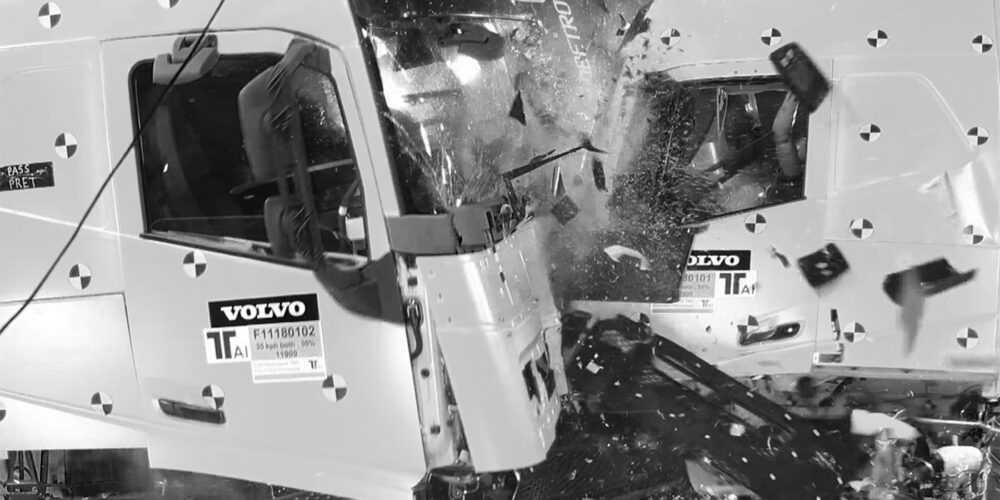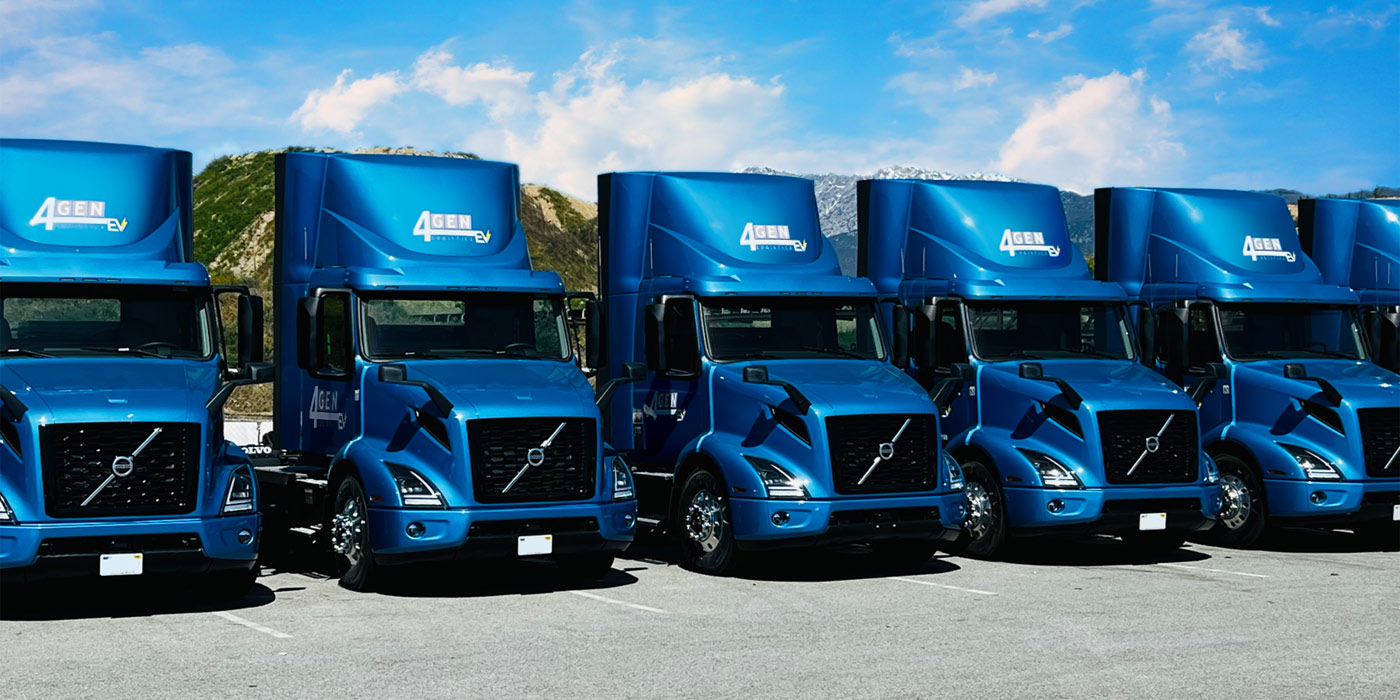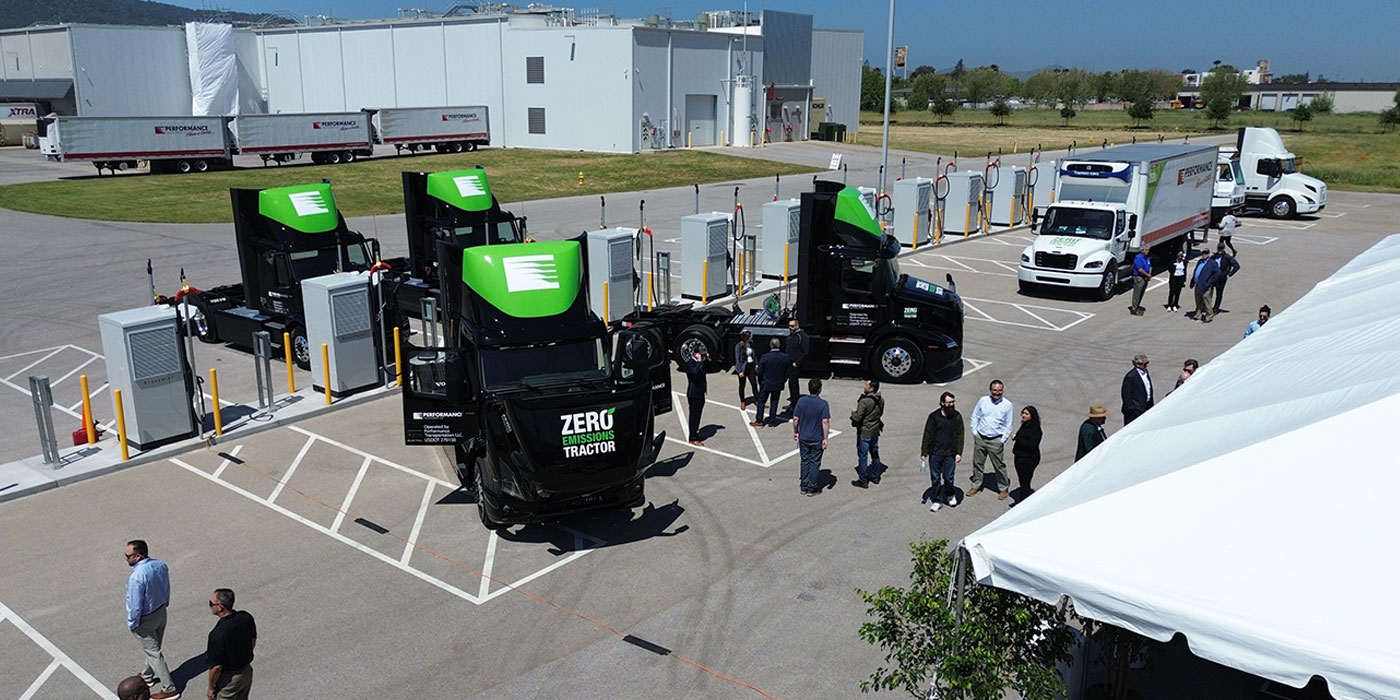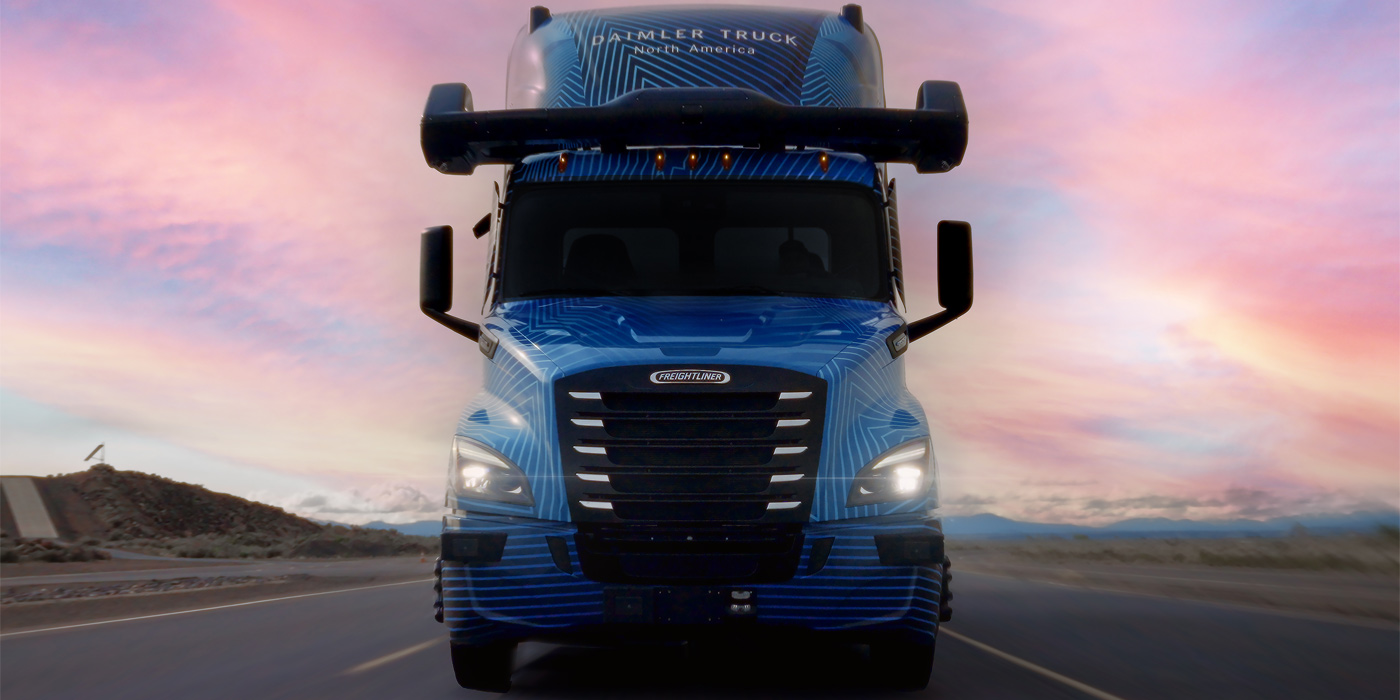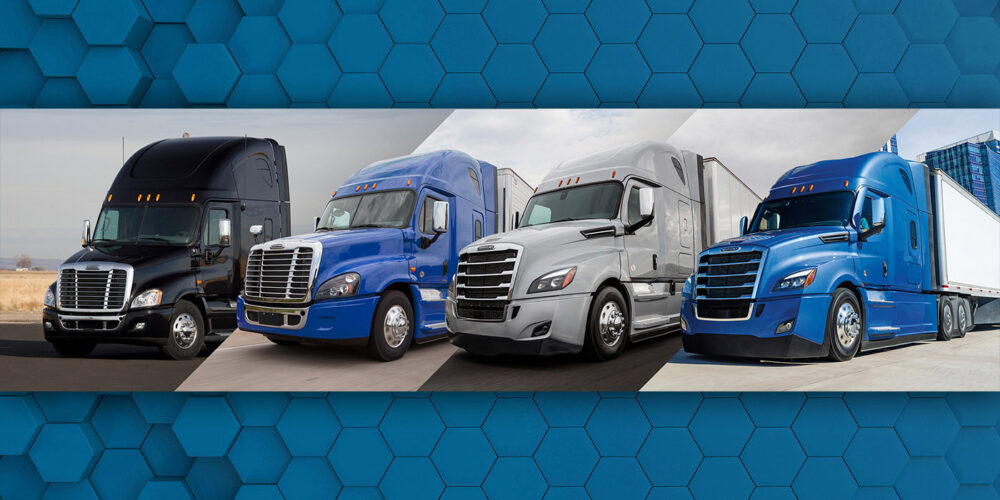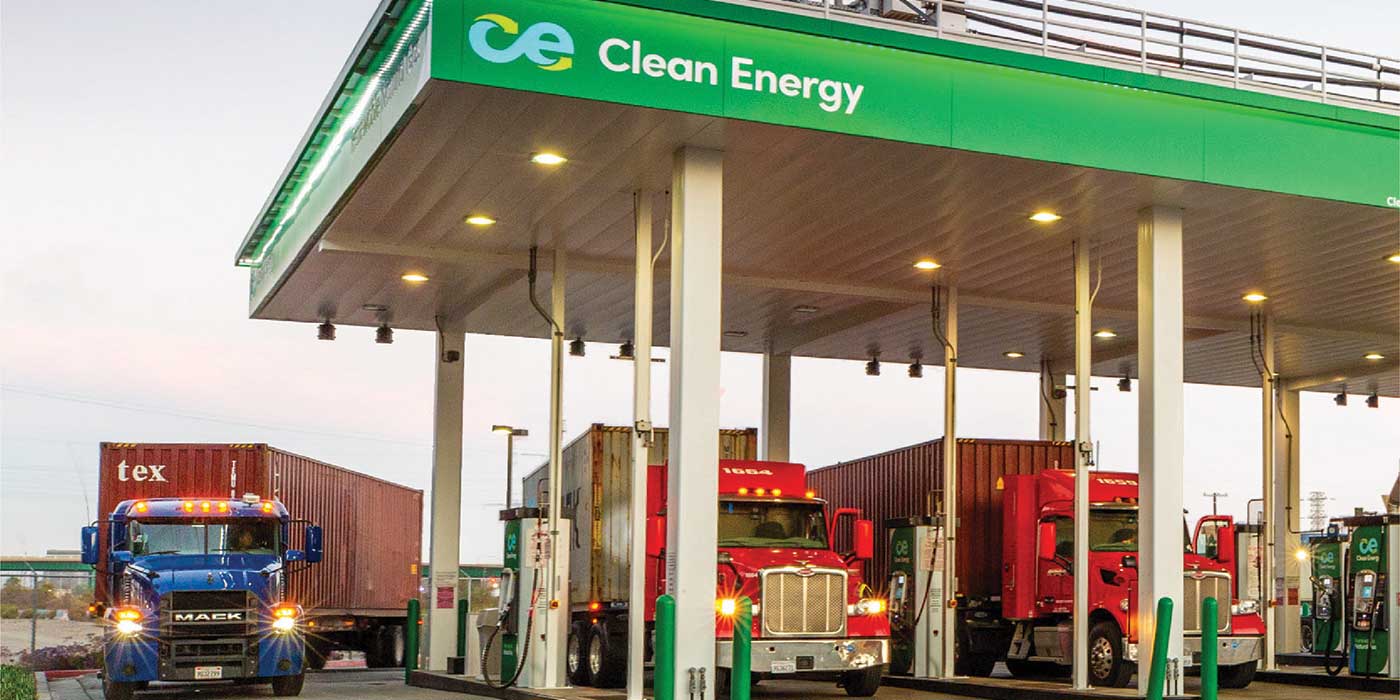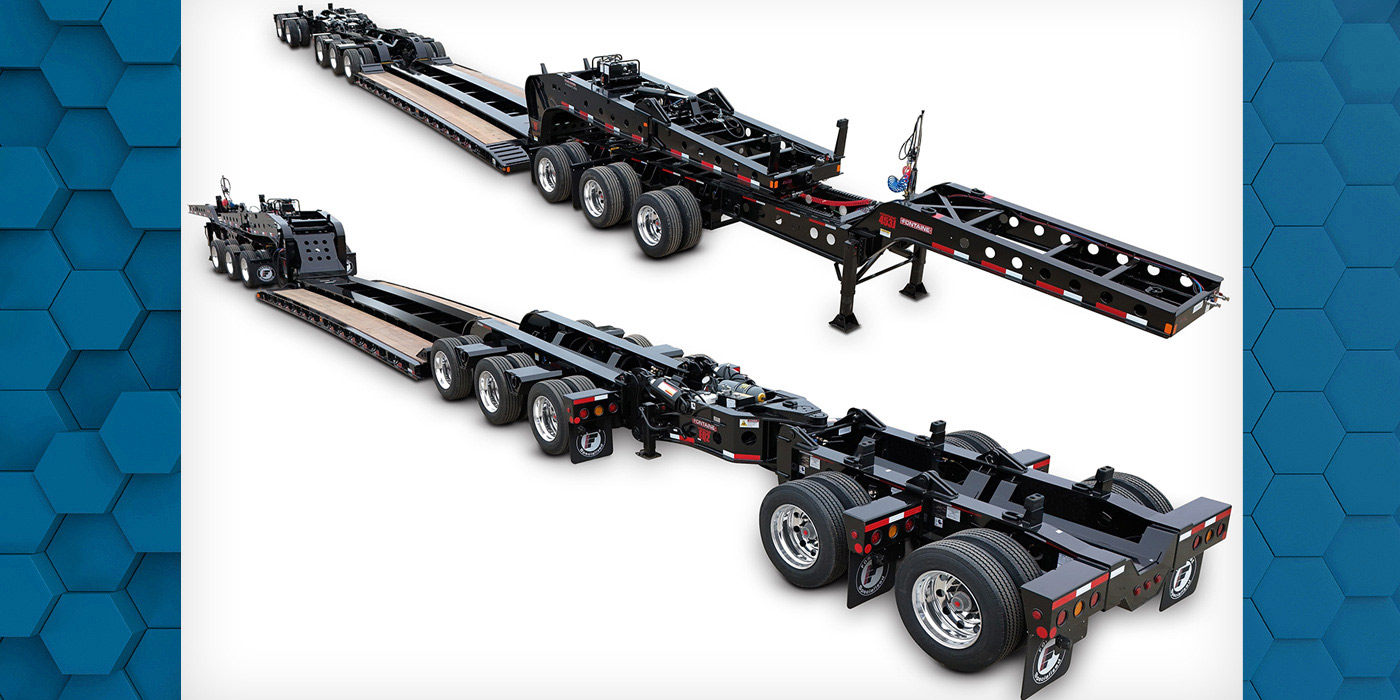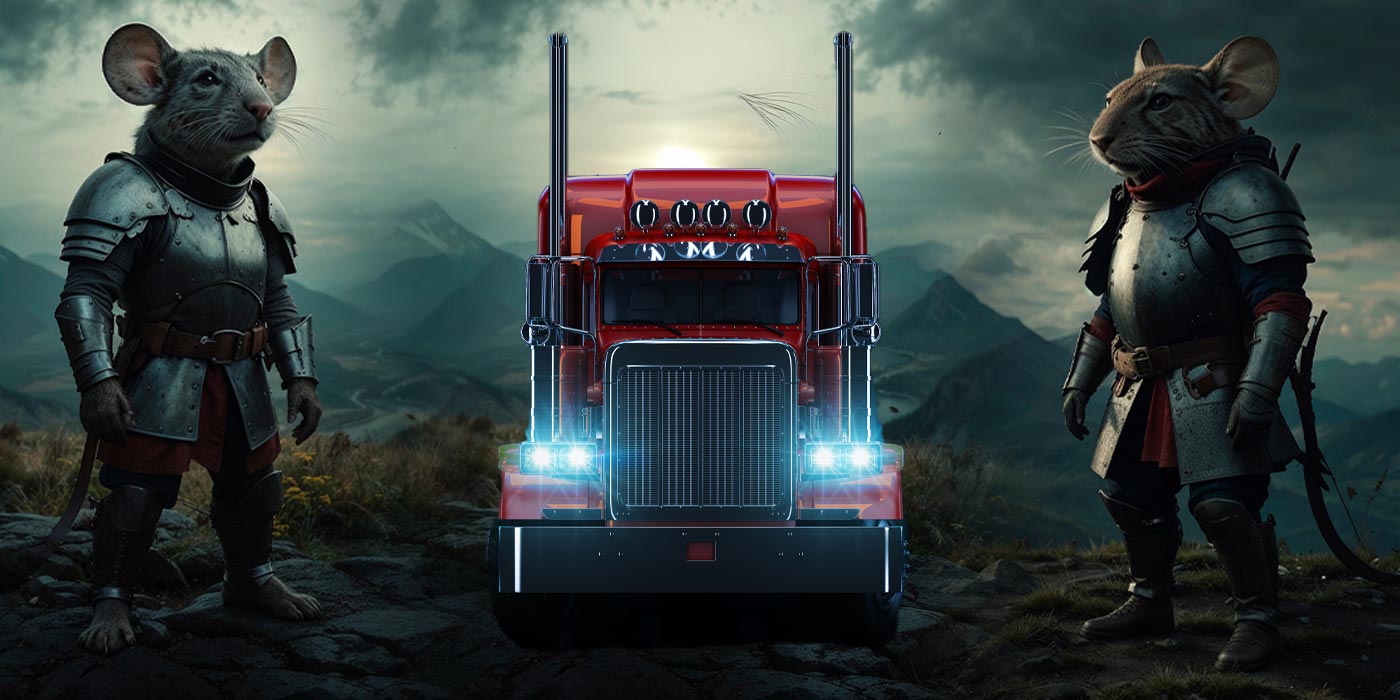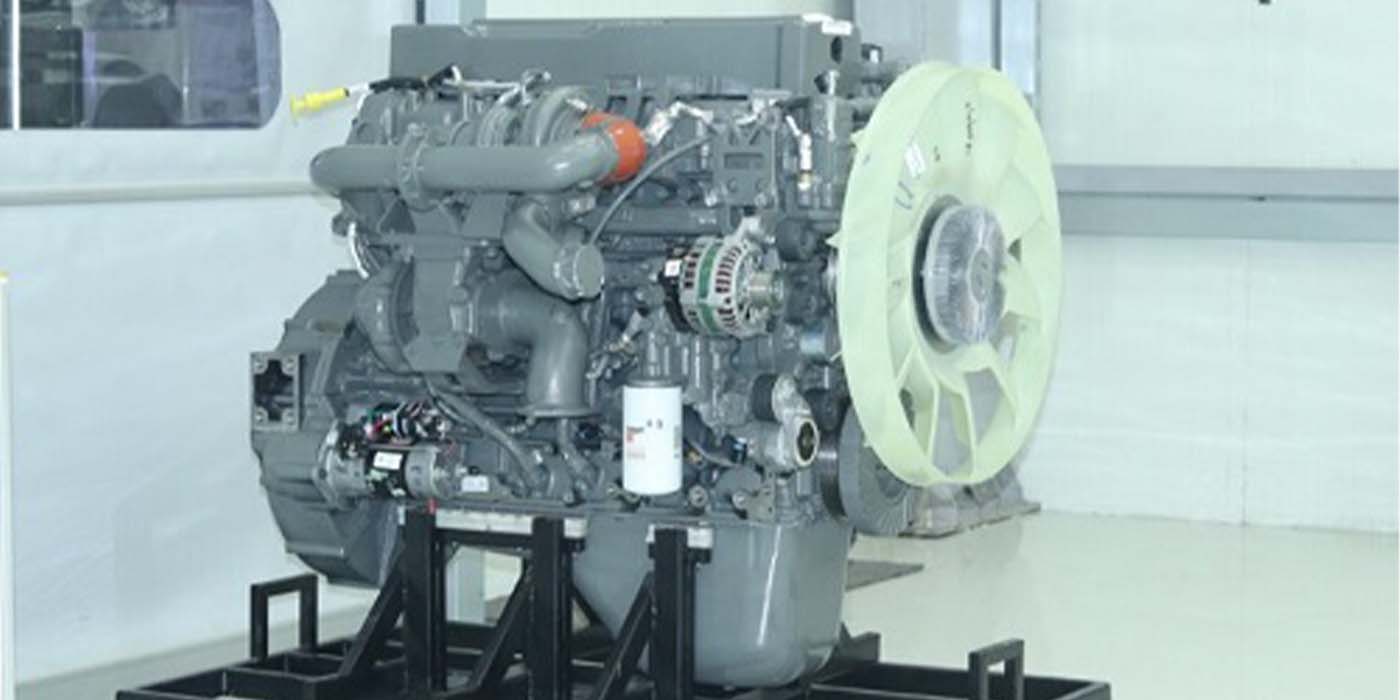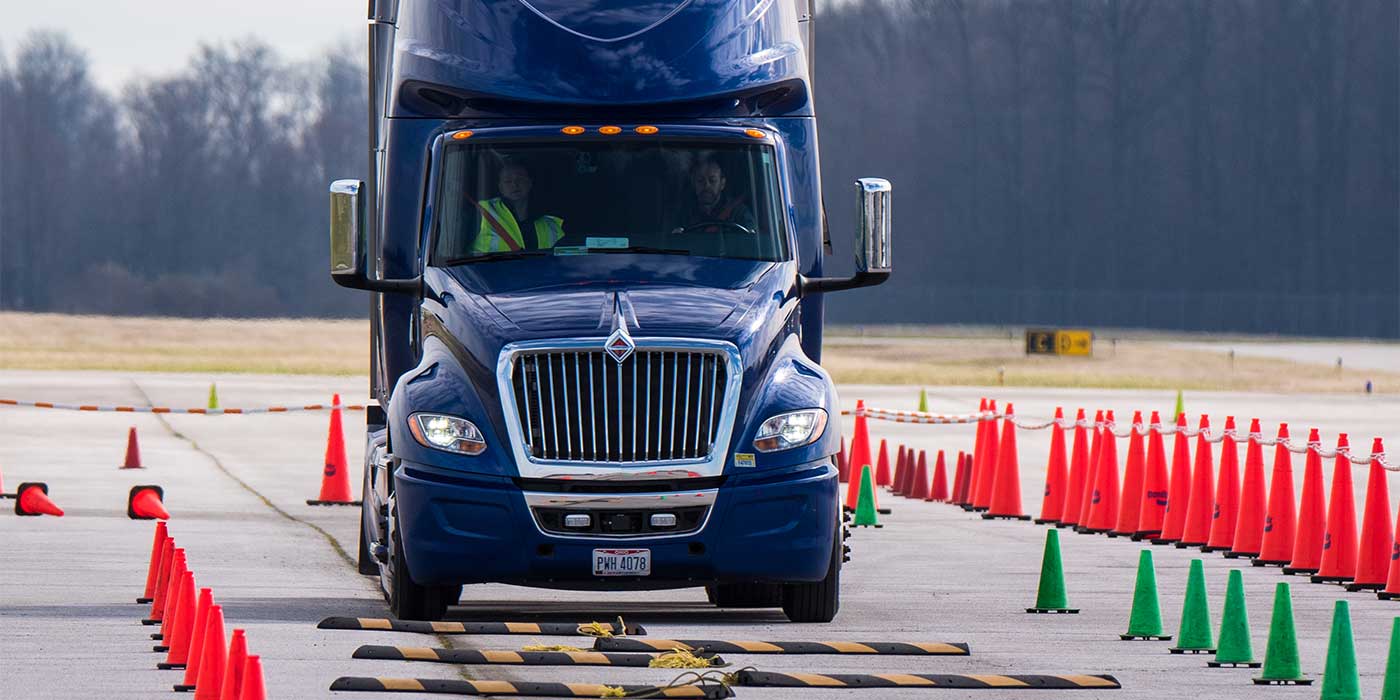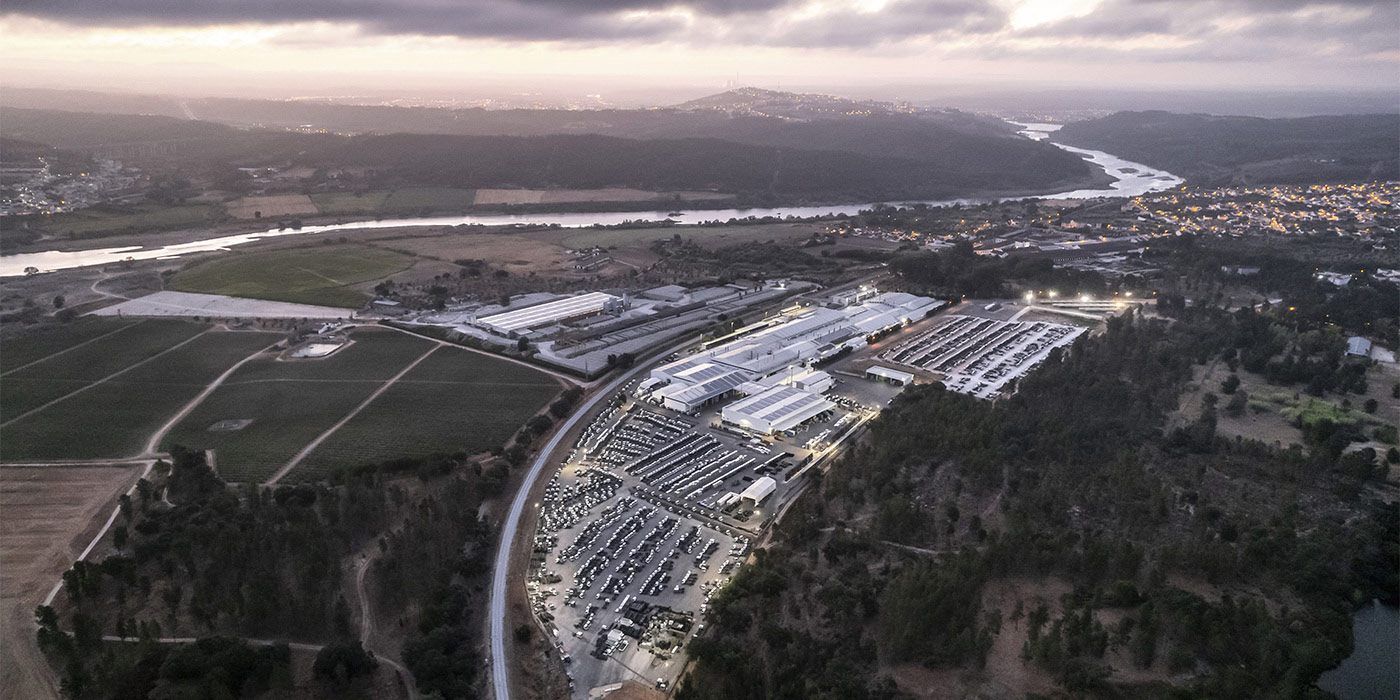Black curtains surround the room that’s segmented by rolling privacy screens, blocking off the business end of a European Volvo truck (is it an FH? An electric? It’s hard to tell.) This is the only area trucking journalists from North America are allowed in. The rest of the building, named Lundby, high-tech center for research and development at Volvo Trucks headquarters in Gothenburg, Sweden, is off-limits. Even several of the Gothenburg-based Volvo Trucks employees that are presenting haven’t been allowed in this building before. But what we’re here to talk about is anything but a secret.
Volvo Trucks’s advanced driver assistance systems go global
The development of the third generation Volvo Active Driver Assist (VADA)—built on a 24-volt architecture and available globally—started at the scene of an accident. In Sweden, the Volvo accident research team actively searches for accidents involving Volvo truck and then deploys to undertake its own forensic investigation.
“We don’t focus on so much on who was at fault; we focus on what caused this accident to happen and: How did the truck behave during the accident and what were the injuries involved?” said Anna Wrige Berling, traffic and product safety director, Volvo Trucks. “The reason we have the accident research team is because safety system development it’s a continuous loop. We start around the traffic environment, the accident research team analyzes accidents that our trucks are involved in, and then the knowledge we get from that are then put into the targets for the next generation of trucks. We then develop the new trucks, we test them to make sure that they meet our requirements, we put them in production and then they go out to the traffic environment. Then we continue with investigating the accidents.”
That loop, that has been in action since 1969, has helped develop Volvo Trucks’s latest VADA offerings that will be available in the recently announced all-new Volvo VNL, which comes standard with VADA, including forward collision avoidance technology to assist drivers in maintaining safe speeds and distances, offering adaptive cruise control, and providing audible and haptic alerts to help the driver maintain a safe following distance to the vehicle ahead.
Additionally, the new optional Volvo Active Driver Assist Plus (VADA Plus) provides support for lane changes and active lane centering, as well as a variety of alerts to help drivers reduce the risk of side-collisions. It is powered by Volvo Dynamic Steering (VDS) to help drivers maintain effective maneuvering, steering control, and stability under various speeds and road conditions–including high crosswinds, highway crowning, and emergency situations like tire failure. The oversteer guidance in VDS in the VADA Plus package provides additional support to the driver to avoid rollover events.
So how did they do it?
Fleets would remember driver assistance systems that were radar-based to enable features like adaptive cruise control and cameras in the windshield that would enable lane departure warnings. Today’s third generation VADA system integrates radar with cameras.
“The radar and cameras have been fused into one big environmental mode,” explained Gustav Neander, expert functional safety manager, Volvo Trucks. “In the past, we relied on our partners to fuse this environment from the camera or the radar. Typically, the ones who had the most compute power would capture either camera or the radar and then send the fuse targets to us. Since we are evolving into more and more sensors and were working with different partners, we made the decision five or six years ago that we needed to control this environment ourselves.”
With that control also comes the responsibility to reiterate on the software to ensure that the VADA system avoids false activation. Neander noted that it’s one of the most difficult engineering challenges, citing that a third of the cost of developing the VADA platform goes into programming the sensors to find the operational sweet spot where the system works when you need it to and doesn’t activate when it shouldn’t.
“When we were creating the system, we equipped the vehicles with high-resolution data logging systems, along with the new radar and the new camera, and we drove them in Europe, Asia, Australia, U.S., and South America,” Neander said. “We collected a lot of data, gave that data to the sensor data fusion team to provide the most correct output. We also have all the pain points of the previous generation. Once we’ve developed the functions, we put them out to our fleet testing process and get even more data to make even better software decisions. When we feel confident in its performance, we turn it on and then we continue the endless loop of feedback.
“This current generation took five years of tuning before release.”
Driver assistance systems that drivers actually use
Not only does the VADA system need to operate properly and predictably, but it has to be as unobtrusive as possible. Though, like many things, there’s no pleasing all of the people all of the time–until the system saves a life or mitigates an accident, that is.
“The best safety system is sort of a system that you don’t use,” Berling said. “At the same time, customers want to see that it paid off.”
For that, Neander pulled up a screen that showed a global view of emergency braking activation events since the Gen 3 VADA release over the past six months. Blue dots, indicating partial emergency braking activation, littered a map of Europe (with a few in North America as there are currently few all-new VNL trucks rolling in the U.S), along with a few red circles that indicated full activation of the emergency braking VADA functionality.
From a fleet, perspective, Volvo Connect offers a similar safety focused visibility across the fleet. The Volvo Connect portal reports on the following safety events:
- Driver seat belt unbuckled, including a view with the top 10 trucks with highest time with the seat belt unbuckled.
- Anti-lock braking (ABS) events: Hard breaking event visibility is available per fleet and per truck, including a chart with top 10 trucks with most events.
- Traction events.
- Stability events.
In regard to the ABS event reporting–that includes hard braking where the ABS is activated performed by the driver and hard braking activated by VADA. The traction event reporting keeps track of how many times the anti-slip regulation (ASR) System activated within a certain time period. A traction event most commonly occurs in adverse weather conditions or challenging road conditions such as slippery roads, steep inclines, loose or uneven Surfaces, sudden acceleration, heavy loads, and braking on slippery surfaces. A stability event is registered when the roll stability system is engaged to mitigate a possible roll over event.
Big safety related events like ABS and stability system activation jump out as low-hanging driver-training fruit, but something as seemingly simple as seatbelt usage can make a big safety impact. ANNA related a story that highlighted the use of the data:
“There was a customer in Norway who owned truck and he had set an appointment with the workshop because he wanted to get the seatbelt reminder sound turned off, which is not something that our workshops should be doing, but in some areas if you really want to get it done, you can get it done,” she said. “The appointment was set for a week later. In the meantime, he wore a seatbelt because he was annoyed with the sound, and he was in a roll-over accident. He was saved by the seatbelt.”
Advanced driver assistance systems, like VADA, might be shrugged at from fleets and drivers who think that they don’t need a system to help them drive safely. And hopefully that’s true, but it only takes one instance of the system potentially saving a life to make it worth the investment.

